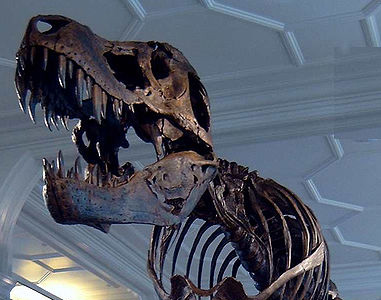Life in the Mesozoic Era
The Mesozoic Era lasted from 251 to 65.5 million years ago. The Mesozoic Era is further divided into three periods. The Triassic, the Jurassic, and the Cretaceous.
Changes in world climate in the Mesozoic Era resulted in large parts of the Earth possessing a warm, humid climate. Shallow seas and marshes covered much of the Earth’s surface. These conditions favored the survival of reptiles to such an extent that the Mesozoic Era is known as “the age of reptiles.” Chief among the reptiles, of course, were the dinosaurs. Dinosaurs became the dominant life-form during the Jurassic Period.
Not only dinosaurs flourished during the Mesozoic Era. This era also marked the emergence of mammals, birds, and flowering plants like magnolia and oak trees that still exist to this day. The Mesozoic Era came to a close 65.5 million years ago with a major extinction that resulted in the disappearance of approximately half of the world’s species, including all dinosaurs.
Mesozoic Tectonics
Pangaea began to slowly break up about 200 million years ago. About 165 million years ago, North America and western Africa split apart forming a rift that would become the Atlantic Ocean. By about 90 million years ago, the shapes of the modern continents of North America, South America, Africa, and Eurasia were clearly recognizable. By the end of the Mesozoic Era much of the modern shape of the world with its continents (with the major exception of India) was established.


